Andrei Blidarean
Published 16/12/2019
Auckland based photographer Andrei Blidarean first picked up a camera at the age of 17 and has been shooting a range of people and places ever since.
We got in touch with Andrei to ask about his photographic philosophy, the various techniques he experiments with and his perception of colour.
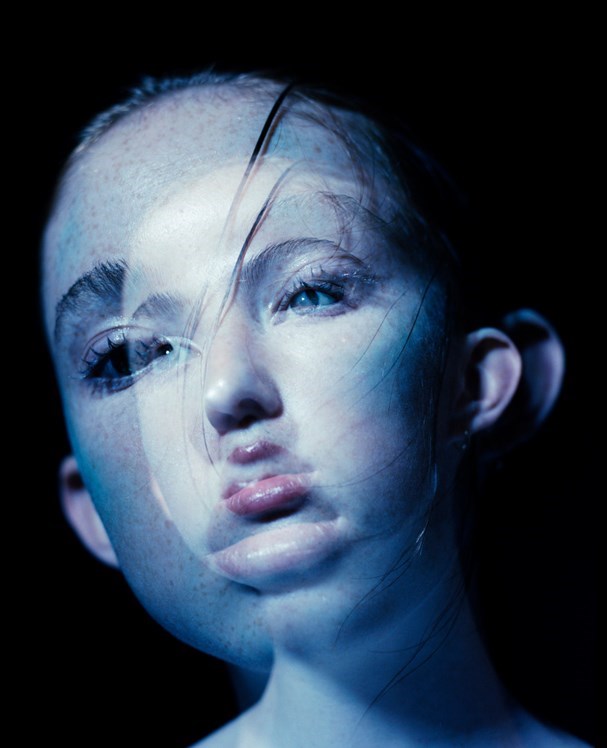
Tell us a bit about yourself, how you got started in photography and what you like to shoot.
I started taking photos when I was 17 with one of my fathers digital cameras. I was just taking photos of things that were around my room, I was also taking pictures of graffiti when I would travel into the city. I learned about photography just by doing it for some years.
I like creating a variety of pictures, mostly I enjoy creating a sustainable rhythm of movement that helps me engage with people and navigate places and cities. My interaction with photography has been predominantly through a digital medium and my current interest is based around authorship and function. In my research I look at singular published photographs as packages which contain traces of decisions belonging to the author around the time the picture is created. In this sense I’m interested in pictures as records of intent, photographs as small windows looking at the impetus of the author and the treatment of the subject/space around the camera. Currently there is a phenomenal rise in the production and publication of imagery into public forums. This advancement in the access of photographic technology is originating predominantly through incentives derived from the production of capital and the marketing of commercial goods. The speed and ease of use that modern cameras now possess is attributed to their ability and function of producing economic value. I am happy to see that this demand which capital has placed on the gesture of photography is symbiotically providing ground for a new language which people can use to communicate and organise themselves with. I would like to continue meeting people and documenting my time with them, learning how to accommodate a variety of needs and desires so that I can communicate truthful and subjective moments.
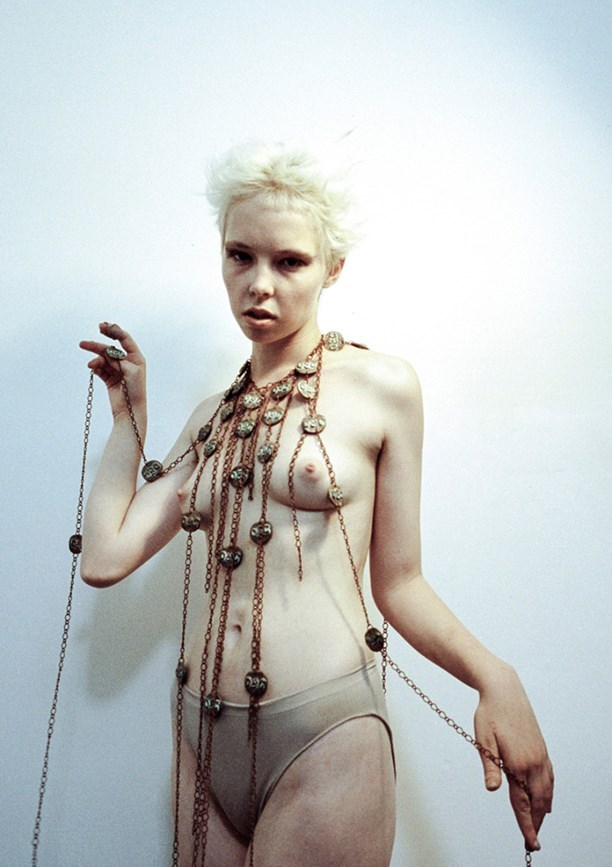
You tend to experiment a lot with different with both high and low res photography. Can you talk about what compels you to shoot one or the other.
I like seeing what different cameras can do it's like playing Candy crush.
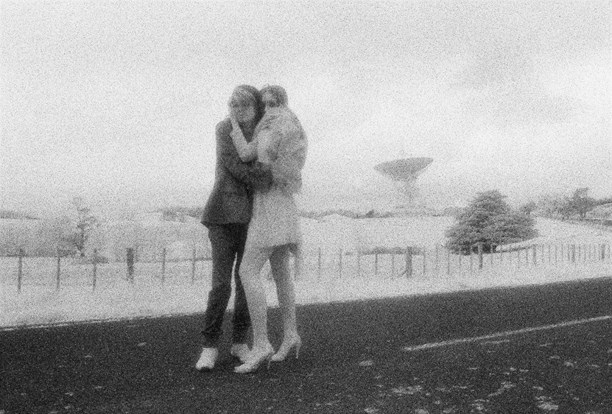

You shoot both people and places. What are the different head spaces that apply to the way you photograph one or the other?
If I am making a portrait I would be more keen to create a comfortable setting for whoever is with me taking part otherwise I use the same approach in both instances.
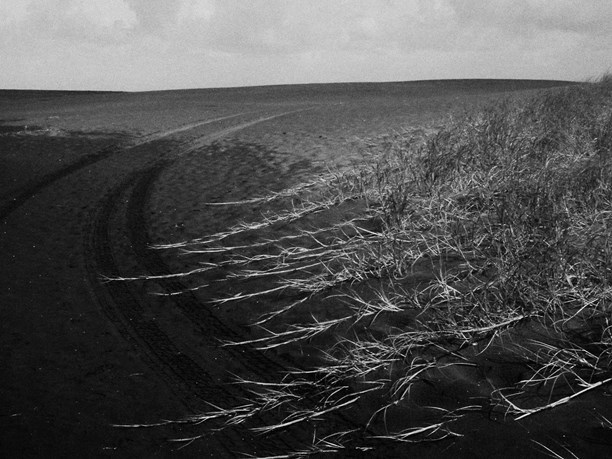

Talk about your perceptions of colour and the right time to use black and white.
I don’t think there is a right or wrong time for using either it can just be about personal preference or communicating how you feel at the time. Bright colours are energetic where as a monochrome picture could imply a more sentimental desire.
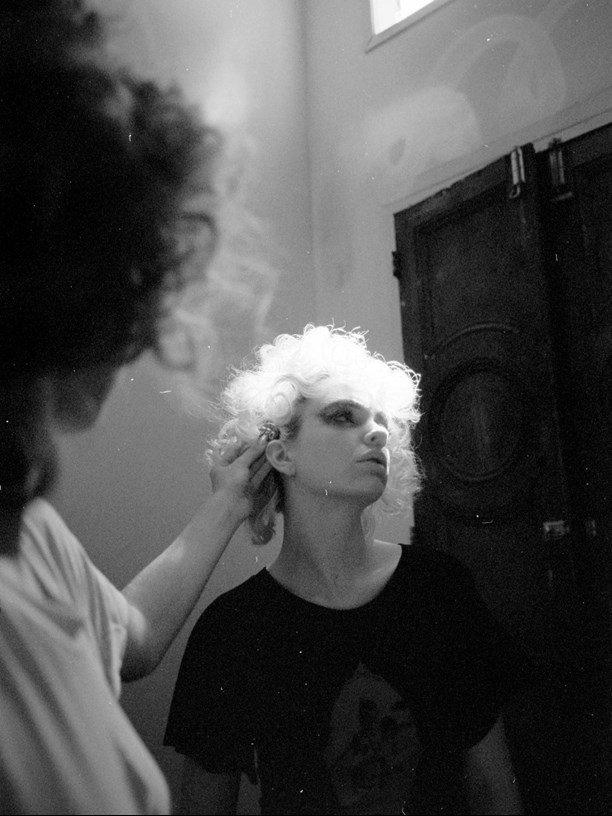
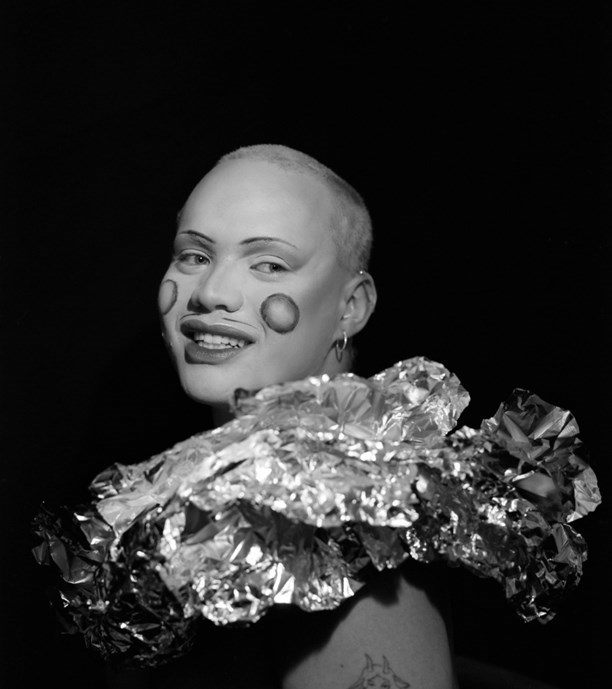
Your work is full of non traditional compositional, lighting and focus imperfections. Talk about the reasoning behind using these techniques to create your images.
Initially I practiced photography by copying and recreating components from seperate images and combining them which made it hard to feel original sometimes, these irregularities exist as my efforts to be original and use my intuition as I edit and take photos.


Can you tell us about who some of your photographic or other influences are.
My photographic influences are Ishiuchi Miyako, Harley Weir, Momo Okabe, Yutaka Takahashi, Nobuyashi Araki, Kishin Shinoyama, Yoshihiro Tatsuki, Daido Moriyama, Ken Domon, Keizo Kitajima, Tash Keddy, Kohei Yoshiyuki, Jamie Hawkesworth, Masahito Agake, Larry Sultan, Inez and Vinoodh, David Sims, Sarah Moon, Martin Munkacsi, Shomei Tomatsu, Eikoh Hosoe, Steven Meisel, Julie Greve, Sergei Chilikov, Mikiko Hara, Ihei Kimura, Mao Ishikawa, Nigel Shafran, Camille Vivier. There are lots more but these are some of the people whose pictures I value the most. My other influences are through cinema and my friends and family.

What are some of the various shooting techniques/mediums you experiment with?
Most of my experience is through digital photography, it’s the process I am most familiar with, however I would like to take more photos on film.
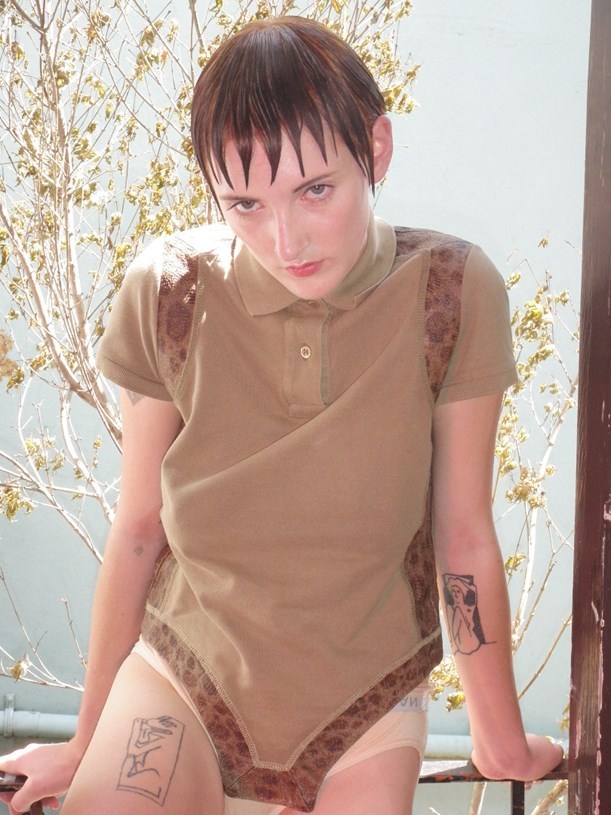
Which part of photography do you like best ie. Shooting, editing or something else?
I enjoy all parts of it. Mostly I am grateful that I’ve been able to do this as a job and that I’ve had the ability to meet so many people.
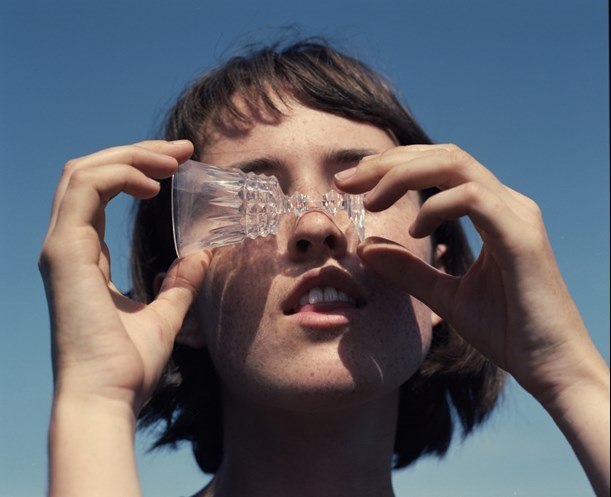
What things do you do outside of photography that informs your creativity?
In my spare time I like to draw, hang out with my friends, watch movies and go to raves.

What’s your dream project?
One of my dream projects would be to travel to South Africa and document Kasi Flava football.

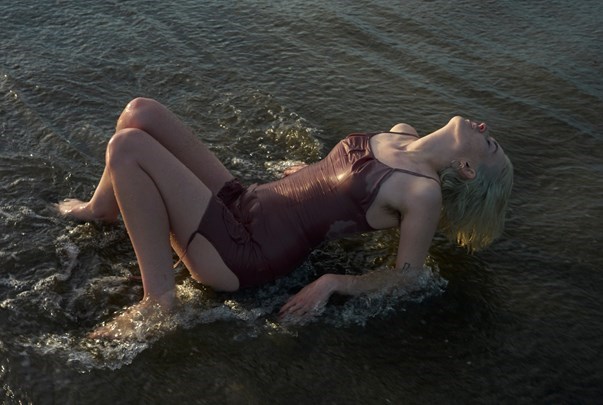
And finally...Gear Talk…What are you shooting with and why?
I use a Leica M Typ 240. At the moment I have a Makina 67 which was lent to me by my friend Rob and some Olympus digital point and shoot cameras. I decided on the Leica because I wanted a smaller camera that was easier to hold and use, this semi backfired on me because I now have to focus each picture if I am shooting a lookbook otherwise it's great. The Makina is good because of its folding design and massive lens and the Olympus cameras are the ones I use every day.
Find more of Andrei's work:
www | www.andreiblidarean.com
Instagram | @andreiblidarean

 +9 529 5055
+9 529 5055